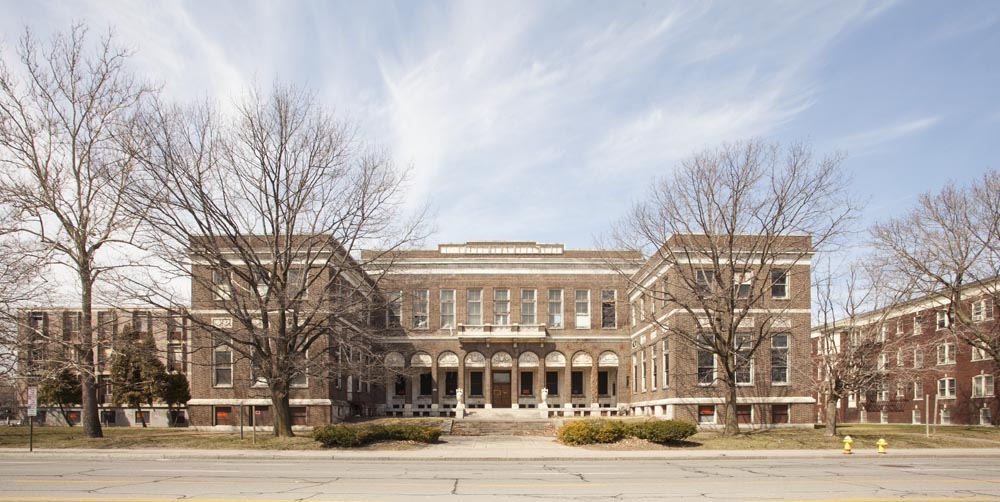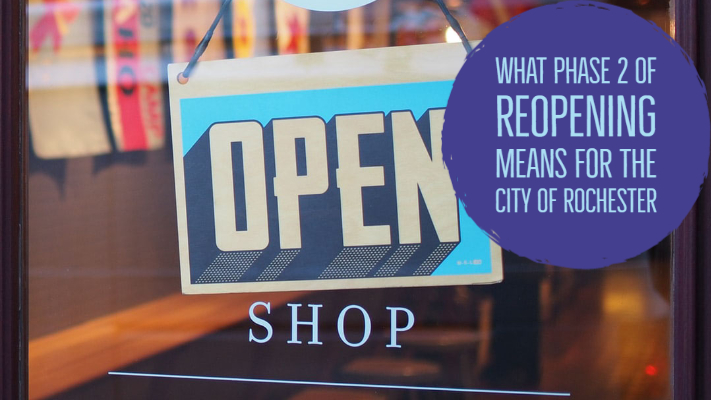 A longstanding Rochester landmark is about to get a facelift. No, it’s not Nick Tahou Hots on 320 W. Main Street, original home of the Garbage Plate. No, it’s not the Main Street Armory located at 900 E. Main Street either, but it’s close (at least geographically). Think bigger, older and potentially spookier — but keep thinking of spots along Main Street.
A longstanding Rochester landmark is about to get a facelift. No, it’s not Nick Tahou Hots on 320 W. Main Street, original home of the Garbage Plate. No, it’s not the Main Street Armory located at 900 E. Main Street either, but it’s close (at least geographically). Think bigger, older and potentially spookier — but keep thinking of spots along Main Street.
The Eastman Dental Dispensary, which was built in 1917 with funds from Kodak founder and business legend George Eastman, is slated to undergo major renovations via Home Leasing LLC, a local company. The dispensary, which currently sits at 800 E. Main Street and has been vacant since 1984, will be converted into 57 apartments, according to a recent report from the Rochester Business Journal.
The state granted the construction team a total of $3.6 million, most of which comes from the New York State Homes and Community Renewal initiative. The dispensary’s renovations are a part of $95 million in tax credits and low-interest loans put aside by the state specifically for low-cost housing units.
But why save an old building that’s allegedly haunted(depending on who you ask, of course) instead of bulldozing it to make room for, say, a brand-new apartment complex? Why refurbish a century-old building instead of just starting from scratch altogether? One simple reason: the dispensary is listed on the National Register of Historic Places and has been named an “irreplaceable, endangered, historic resource” by the Landmark Society of Western New York, according to WXXI News.
In its heyday, the Eastman Dental Dispensary was, along with the University of Rochester, known as the “cradle of dental academia” because of the notable doctors who traversed their halls, says the University of Rochester Medical Center’s website. Eastman Dental came to be known as a global name in innovative oral health, with satellite schools opening their doors in Rome, Brussels, Stockholm and Paris in the 1930s. Researchers at Eastman Dental helped pioneer developments in the fields of orthodontics, plastic oral adhesives and treating tooth decay, which is typically handled now by receiving a tooth-colored filling or with additional brushing and flossing.
Though the academics have long since relocated to the U of R’s river campus, the dispensary itself remains and it contains too much history to simply tear it down. That’s why it will remain, albeit it in a different capacity. Governor Andrew Cuomo said the renovations (as part of the larger New York State Homes and Community Renewal project) will make use of nearly $435 million in grants, loans and private resources.
This Monroe County initiative is just one of nearly 40 individual projects taking place across the state.






No Comment